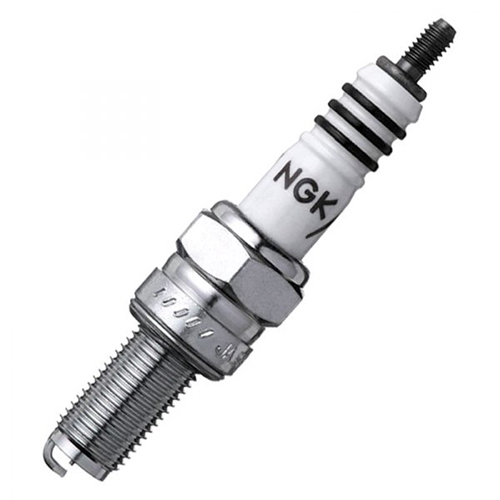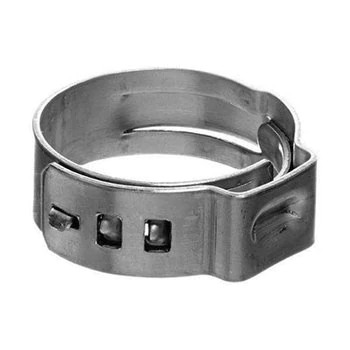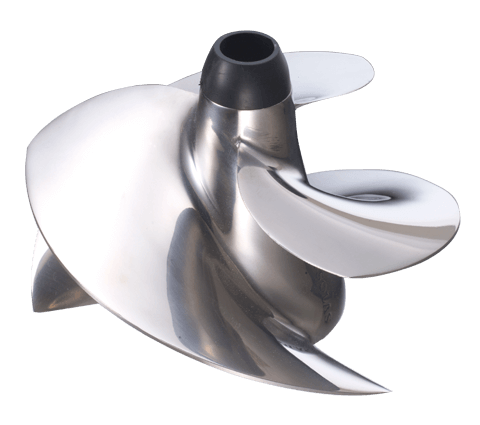Jet ski spark plugs, their care and use have both similarities and differences to a car.
What is a spark plug
A spark plug delivers electric current from an ignition system to the combustion chamber of an internal combustion engine. It provides a place or containment area for an electric spark which arcs across the gap area at the end of the plug. This spark is hot enough to ignite the air and fuel mixture inside the combustion chamber, and is used in both the ignition and the combustion cycle while the motor is running.
Care And Feeding Of Spark Plugs
Spark plug longevity depends on the conditions and use. During use, they endure extreme temperatures and pressure while remaining intact and burning off deposits from fuel additives or other contaminants. The oil and carbon will build up and prevent the spark from happening.
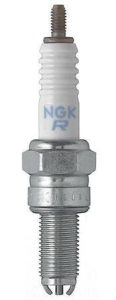
Unlike your car, where spark plugs can last for years, spark plugs in jet skis are subject to the harsh marine environment which takes its toll on your plugs. Jet ski spark plug wear is measured in hours and you change them often.
How often is often? You will get as many answers on this as there are skis. They will range from every 200 hours to carry extra plugs with you to change them out mid-ride.
2 stroke engines will foul plugs much faster than 4 strokes and require a longer warm up time to help prevent fouling. When their plugs foul, they are harder to start.
Skis that are run often and at high speeds will burn cleaner and the plugs may last longer.
On average, plugs should be changed every 20-30 hours and at a minimum, once a year along with your annual service.
Regularly checking and changing your spark plugs is both an important and inexpensive way to keep your ski running.
Changing The Spark Plugs – Can I Do That?
Not only can you, but you should check and change them regularly.
Fouled plugs from carbon and contaminant build-up will cause issues with starting your ski and the motor to run poorly, missing and sputtering.
Seized spark plugs can be a nightmare, and breaking one off while trying to remove it just doubles the fun.
What causes This Seizing Nightmare?
One reason is the mismatched metals of the spark plug and the steel or aluminum of the engine’s head coming in contact with water. This results in a surface corrosion that fouls the plug threads and fuses them in place. The build up of carbon and contaminants at the tip of the plug, along with the mismatched metals and extreme temperatures a spark plug is exposed to can also cause a galvanic reaction, welding or seizing the plug to the engine.
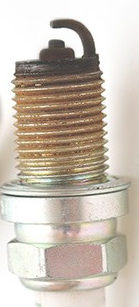
The second is corrosion on the threads. In the past, to avoid this seizing, the recommendation was to apply a few drops of an anti-seizing lubricant when installing the plug. This made the plugs a bit slippery and cased the plugs to easily be over-torqued when installed. With the advent of aluminum engines and their low torque requirements, this over-tightening, and the damage it caused, became a bigger issue than the seizing and plating became the way to go.
Most every spark plug made today has its threads coated or plated with anti-seizure nickel or zinc-chromate shell plating to avoid corrosion. The silver or chrome colored part of the plug is the plating that provides anti-corrosion protection and allows for any easy removal of the plug. Anti-seizing lubricants are no longer recommended or used when changing a spark plug, the anti-seizing agent is already on the plug!
These coatings or plating like NGK’s Trivalent, Autolite’s nickel or Champion’s Tin Tac provide the corrosion protection for the spark plug threads and make removal easier, BUT they don’t last forever.
Changing your spark plugs regularly, or when in doubt will make this an easy and inexpensive maintenance for your ski and keep you on the water and riding.
For the correct spark plugs for your ski, you can check our chart here
